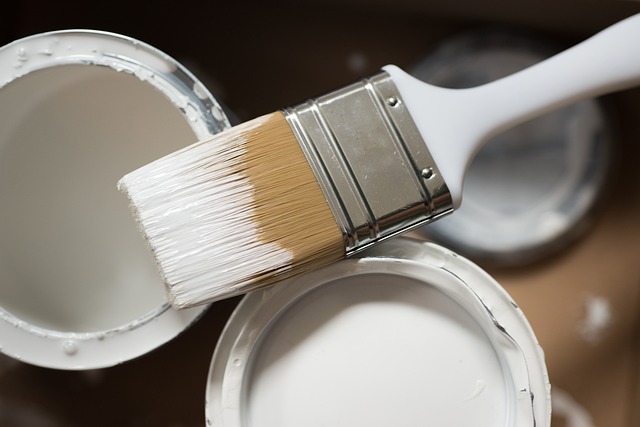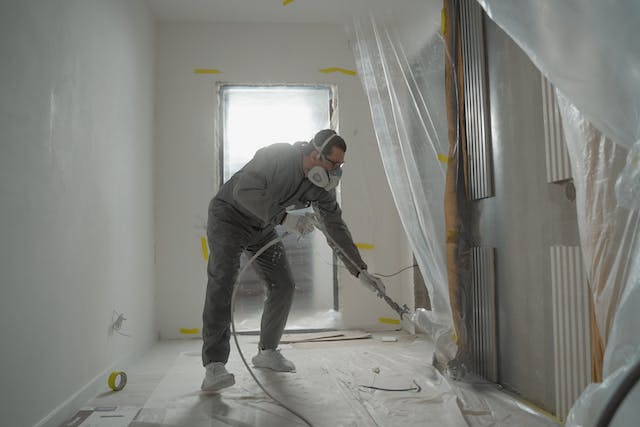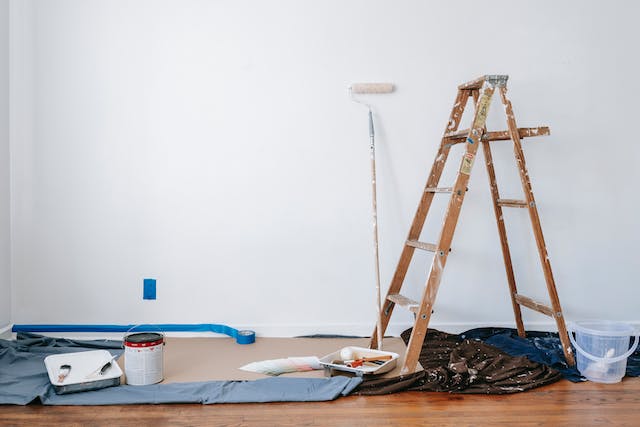Undertaking do-it-yourself (DIY) home improvement projects can be a fulfilling and cost-effective way to enhance your living space. Whether you’re painting a room, installing shelves, or renovating a bathroom, it’s crucial to prioritize safety throughout the process. Neglecting safety measures can lead to accidents and injuries, turning what should be a satisfying project into a nightmare. To ensure your DIY endeavors are successful and injury-free, here are some essential tips to keep in mind.

Plan and Prepare
Before diving into any DIY project, take the time to plan and prepare adequately. Begin by thoroughly researching the task at hand. Understand the steps involved, materials needed, and tools required. Having a clear understanding of the project will help you anticipate potential hazards and plan accordingly. Additionally, gather all necessary supplies and equipment before starting to avoid interruptions or last-minute runs to the hardware store.
Use Proper Safety Gear
Wearing appropriate safety gear is non-negotiable when embarking on DIY projects. Depending on the nature of the task, this may include safety goggles, gloves, ear protection, dust masks, and sturdy footwear. For projects involving power tools, such as saws or drills, consider wearing a hard hat for extra protection. Investing in high-quality safety gear is a small price to pay compared to the potential consequences of an injury.

Work in a Well-Ventilated Area
Many DIY projects involve the use of paints, solvents, adhesives, and other potentially harmful substances. To minimize exposure to fumes and airborne particles, always work in a well-ventilated area. Open windows and doors to promote air circulation, and consider using fans or exhaust systems for added ventilation, especially when working with strong chemicals or in confined spaces.
Handle Tools and Equipment with Care
Proper handling of tools and equipment is paramount to your safety. Inspect all tools before use to ensure they are in good working condition, with no signs of damage or wear that could compromise safety. Follow manufacturer instructions for tool operation, and never attempt to modify or alter tools unless you are qualified to do so. When using power tools, always keep cords and cables away from sharp edges or heat sources to prevent damage and reduce the risk of electrical hazards.
Mind Your Workspace
Maintaining a clean and organized workspace is essential for preventing accidents and injuries. Keep floors clear of clutter, debris, and tripping hazards. Store tools and materials in designated areas when not in use, and secure ladders and scaffolding to prevent tipping. Take care to properly dispose of waste materials, such as sharp objects or hazardous chemicals, to avoid accidental injuries during cleanup.
Practice Proper Ladder Safety
Using ladders is a common aspect of many DIY projects, from painting walls to installing light fixtures. However, improper use of ladders can lead to serious accidents, including falls and fractures. Always choose the right ladder for the job, ensuring it is the appropriate height and weight capacity. Place the ladder on a stable, level surface, and secure it in place to prevent shifting or slipping. When ascending or descending, maintain three points of contact with the ladder at all times, and never overreach or stand on the top rung.
Educate Yourself on Electrical Safety
For DIY projects involving electrical work, such as installing light fixtures or outlets, it’s essential to prioritize electrical safety. Before beginning any electrical work, turn off the power at the circuit breaker and use a voltage tester to confirm that the circuit is de-energized. Never attempt electrical repairs or installations beyond your skill level, and always consult a qualified electrician if you are unsure. Insulate bare wires, use proper wiring techniques, and install ground fault circuit interrupters (GFCIs) in areas prone to moisture, such as kitchens and bathrooms, to reduce the risk of electrical shocks and fires.
Know When to Seek Help
While taking on DIY projects can be empowering, it’s essential to recognize your limitations and know when to seek professional help. Certain tasks, such as structural alterations, plumbing repairs, or electrical upgrades, may require specialized knowledge and expertise beyond the scope of the average homeowner. Attempting these projects without the necessary skills can not only jeopardize your safety but also result in costly damage to your home. When in doubt, don’t hesitate to enlist the help of qualified professionals to ensure the job is done safely and correctly.
Safety should always be the top priority when undertaking DIY home improvement projects. By planning ahead, using proper safety gear, working in a well-ventilated area, handling tools with care, maintaining a clean workspace, practicing ladder safety, educating yourself on electrical safety, and knowing when to seek professional help, you can minimize the risk of accidents and injuries and enjoy the satisfaction of a job well done. Remember, it’s better to invest time and effort in safety precautions than to deal with the consequences of a preventable mishap.
